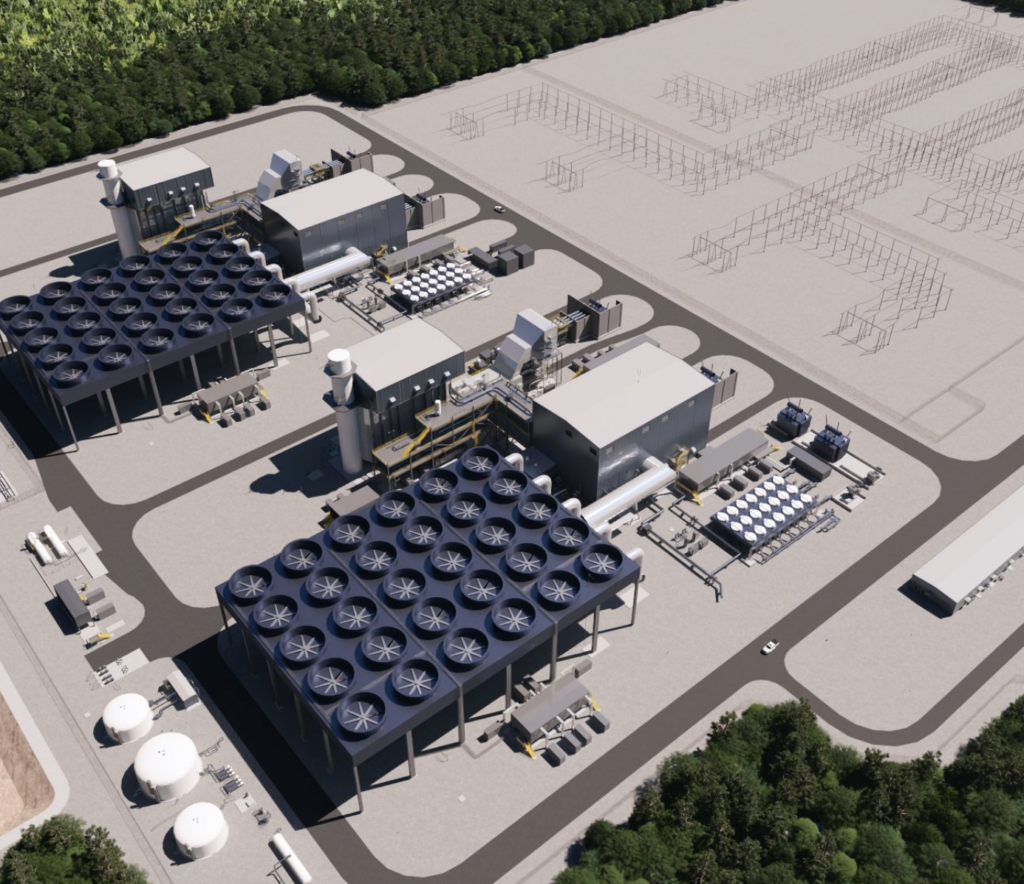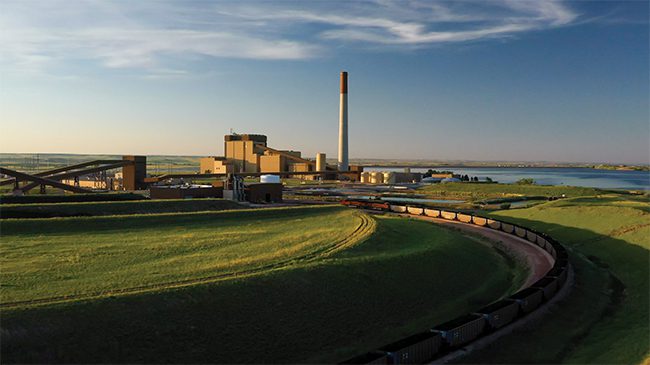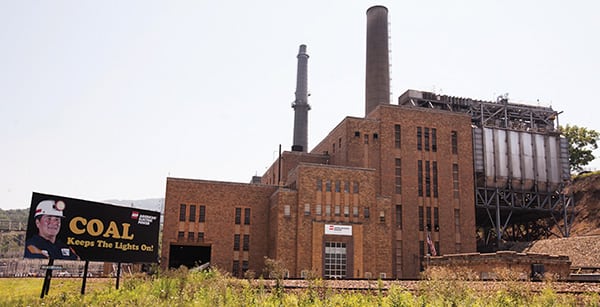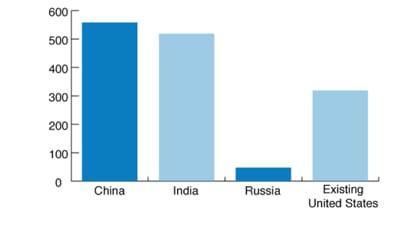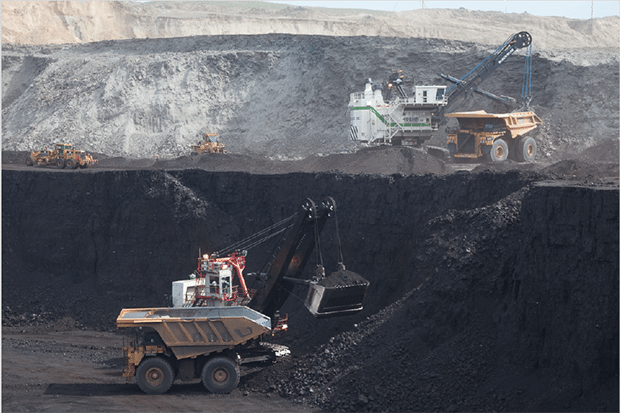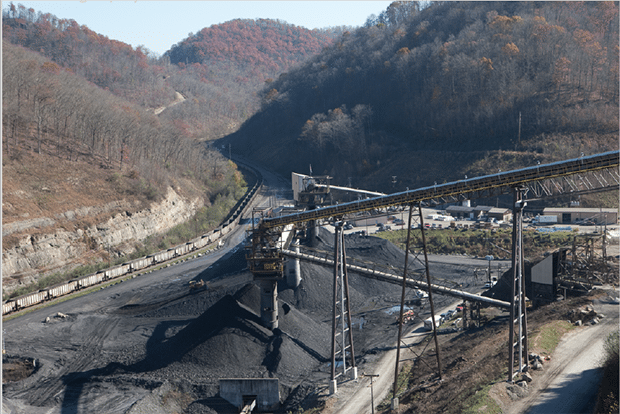In President Trump’s State of the Union address, he said, “We have ended the war on American energy, and we have ended the war on beautiful, clean coal.” It’s safe to say that things have gotten better for the coal industry since President Trump took office.
A recent story in the Casper (Wyo.) Star-Tribune reported that, although Powder River Basin (PRB) coal production decreased more than 8% year-over-year in the fourth quarter, annual “production at the 12 mines in northern Wyoming, which provide the bulk share of the country’s coal supply, rose to 305.3 million tons in 2017, a 6.3 percent increase compared to the year prior.” The increase was right in line with preliminary data reported by the U.S. Mine Safety and Health Administration (MSHA), which said total U.S. coal production increased from 728 million tons in 2016 to 774 million tons in 2017.
The turnaround has led to more jobs as well. According to preliminary data reported by MSHA, the number of coal miners increased by 968 in 2017, a 1.2% increase. The Star-Tribune reported that 88 jobs were added by PRB mines in the past year.
Local Economies Rely on Coal Income
Researchers from West Virginia University and The University of Tennessee recently teamed on a study commissioned by the Appalachian Regional Commission (ARC). The Appalachian region includes 420 counties in parts of 13 states stretching from New York to Mississippi. (West Virginia is the only state completely encompassed within the region’s boundaries.) Results from the analysis were released in January in a comprehensive five-part report titled An Economic Analysis of the Appalachian Coal Industry Ecosystem.
The electric power industry is obviously a crucial part of the coal ecosystem, because it is the largest coal user. In Appalachia, the study found coal-fired generation supplied 74% of demand in 2005, but dropped to about 53% in 2015. The decrease, among other things, resulted in Appalachia’s coal production falling 45% from 2005 to 2015. That was more than double the national decline of about 21%.
The effects of a coal power plant closure are significant to local communities. The ARC study used regression analysis from all counties in the Appalachian region that contained any electric power generation capacity during any year between 2005 and 2015. Not surprisingly, the effect a coal power plant had on wage and salary income in small population counties was relatively large. However, it diminished to zero in counties with large populations.
The researchers estimated that at the extreme end of the spectrum, the shutdown of a large plant in a small county could lead to the loss of about two-thirds of the county’s wage and salary income. A more typical example—shutdown of a mid-sized plant in a mid-sized county—would reduce wage and salary income by about 5%.
Stability Possible
While coal plant closure announcements seem to fill the news these days, many of the plants that have been or will be retired were old, inefficient units that had reached their end of life. Travis Deti, executive director of the Wyoming Mining Association, said, according to the Star-Tribune story, that PRB coal companies expected most of the closures that have occurred.
Going forward, some analysts believe the industry will stabilize at current levels for the next decade or longer. In fact, in the U.S. Energy Information Administration’s Annual Energy Outlook 2018, released on February 6, the reference case projects U.S. coal generation will remain greater than 1,100 TWh through 2050—a decrease of only 6.4% from 2016—with most of the drop occurring over the next few years as already-announced closures occur.
Congress offered the coal industry some financial incentives in the two-year budget agreement negotiated on February 9. Lawmakers included a provision that reauthorizes crucial carbon capture technology tax credits and a commitment to develop new technology, which could enable energy producers to burn coal cleaner and more efficiently. The tax credit—created in 2008—was extended for 12 years.
Yet, some industry insiders consider carbon capture a fool’s errand. Robert Murray, CEO of Murray Energy Corp., the largest underground coal mining company in the U.S., told me during an interview a few weeks before President Trump’s inauguration, “Carbon sequestration is not practical. It is not economic. It’s a pseudonym for ‘no coal.’ ” Instead, Murray suggested the answer lies in improved technology and increased efficiency.
Learning from Peers
Undoubtedly, getting the best performance possible out of your plant should be a goal. POWER regularly publishes articles focused on novel new technologies and innovative efficiency improvement techniques to help readers understand industry best practices. Another great way to gain knowledge that could help plants perform better is by attending presentations at industry conferences. The ELECTRIC POWER Conference and Exhibition offers one such opportunity.
This year is ELECTRIC POWER’s 20th anniversary. The event will be held March 19–22 at the Gaylord Opryland Convention Center in Nashville, Tennessee. In addition to sessions focused on coal, gas, nuclear, and renewable technology, there will also be tracks dedicated to operations and maintenance, plant management, workforce development, environmental compliance, instrumentation and controls, and combined heat and power. Co-located events include the PRB Coal Users’ Group Annual Meeting and Conference; the Carbon Capture, Utilization & Storage Conference; the Edison Electric Institute (EEI) Loss Control & Fire Protection Task Force meeting; the Energy Providers Coalition for Education (EPCE) Semi-Annual Coalition meeting; and the Plant Management Institute meeting.
The Tennessee Valley Authority (TVA) is this year’s host utility. TVA CEO Bill Johnson will speak during a thought-leader session on March 19, and Joe Grimes, executive vice president of generation for TVA, will provide the keynote presentation on March 20. I hope you can make it. ■
—Aaron Larson is POWER’s executive editor.


